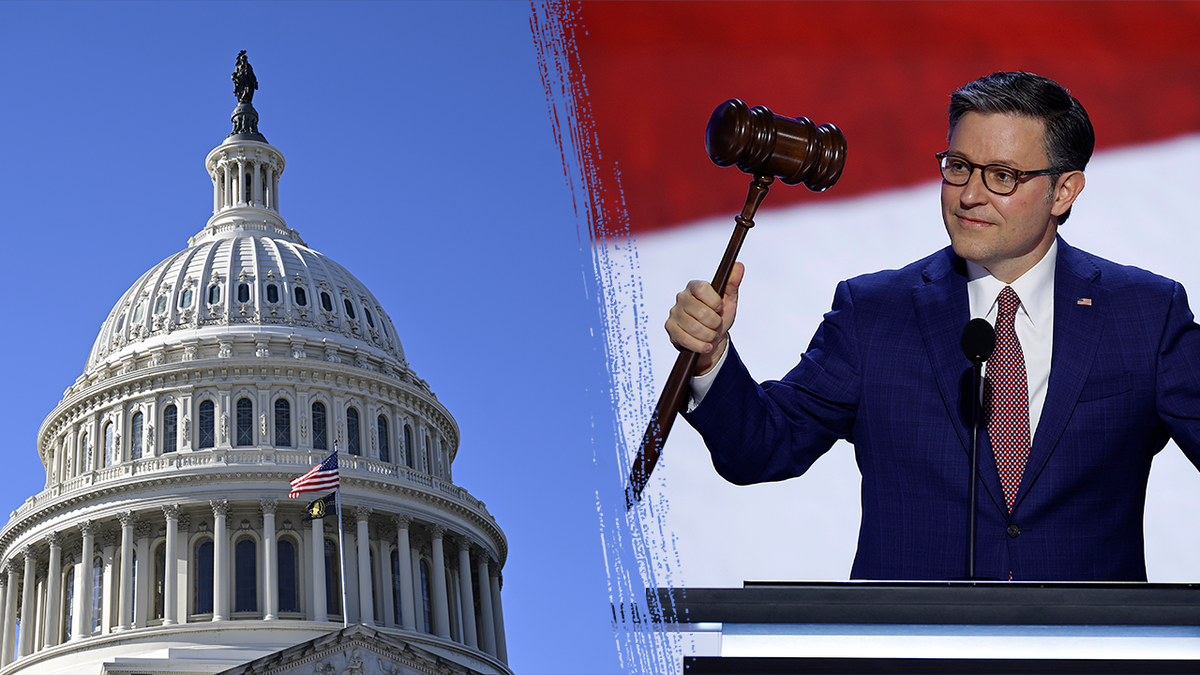In a move to solidify the Speaker's position, the House of Representatives has implemented revised rules that significantly raise the bar for initiating a vote to remove the Speaker. The changes, passed along party lines with a 215-209 vote, mark a departure from the previous Congress's more vulnerable arrangement.
A key modification involves the "motion to vacate the chair," the procedure that triggers a full House vote on the Speaker's leadership. Previously, a single member could initiate this motion. The new rules require nine members to initiate the process, with the added stipulation that all nine must belong to the majority party. This change directly addresses the vulnerability that led to former Speaker Kevin McCarthy's ouster in 2023.

This shift has drawn criticism from Democrats, who argue that it diminishes the influence of the minority party and shields the Speaker from broader accountability. They contend that this change effectively transforms the Speaker's role into one beholden primarily to the majority party, rather than the entire House.

McCarthy's removal, initiated by eight Republicans and supported by all House Democrats, underscores the previous rule's precarious nature. The new Speaker, Mike Johnson, now operates under a more secure framework, a direct result of negotiations between the House Freedom Caucus and the Main Street Caucus.
Beyond the "motion to vacate" change, the updated rules also include revisions to family-related terminology, reverting to more gender-specific terms like "son," "daughter," "mother," and "father." Furthermore, the Speaker's ability to expedite bills through "suspension of the rules" has been limited, addressing concerns from hardline Republicans. This procedure will now be restricted to Mondays, Tuesdays, and Wednesdays.

Comments(0)
Top Comments